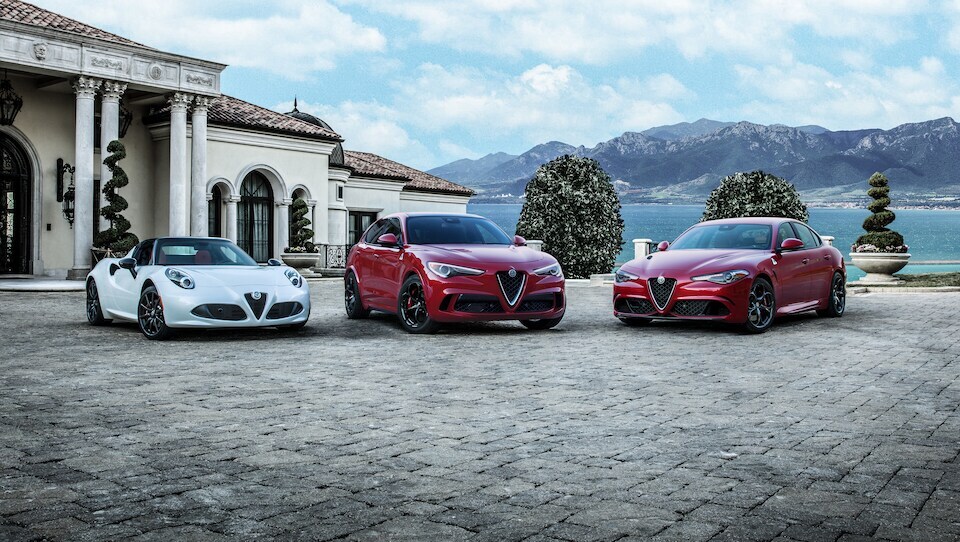Leadership Change and Evolution
In 1945, Ugo Gobbato was shot and killed for being wrongfully accused of collaborating with Germans and Italian fascists. With most Alfa Romeo factories destroyed during the Second World War, the company found itself in a difficult position until Orazio Satta Puliga took over as chief engineer and demilitarized the company. He was instrumental in relaunching Alfa Romeo once and for all.
Two new models were introduced in 1947: the Freccia d'Oro and the Concorso d'Eleganza. Both demonstrated sophistication and class and continued the trend of speedy race cars that Alfa Romeo was known for. Continuing into the 50s, the company thrived under Giuseppe Luraghi who would help to guide and grow the company well into the mid-1970s. He would also help to manufacture the Giuletta and other new models that would take the company to even greater heights. In 1961, the Giuletta proved to be a winner with 100,001 manufactured, a confirmation of Italy's love for this impressive car. In 1961, the Alfa Romeo Giulia was introduced. With clever design and a nod to Alfa Romeo's sports car love, this model would establish a toehold in the lineup that still exits to this dam, some 50-plus years later.
The 1970s proved that Alfa Romeo had firmly planted itself in all the big races with continued winning streaks and a demonstration of stronger and faster cars. Many owners would catch the Alfa Romeo "bug" and understand what it truly meant to be an enthusiast.





